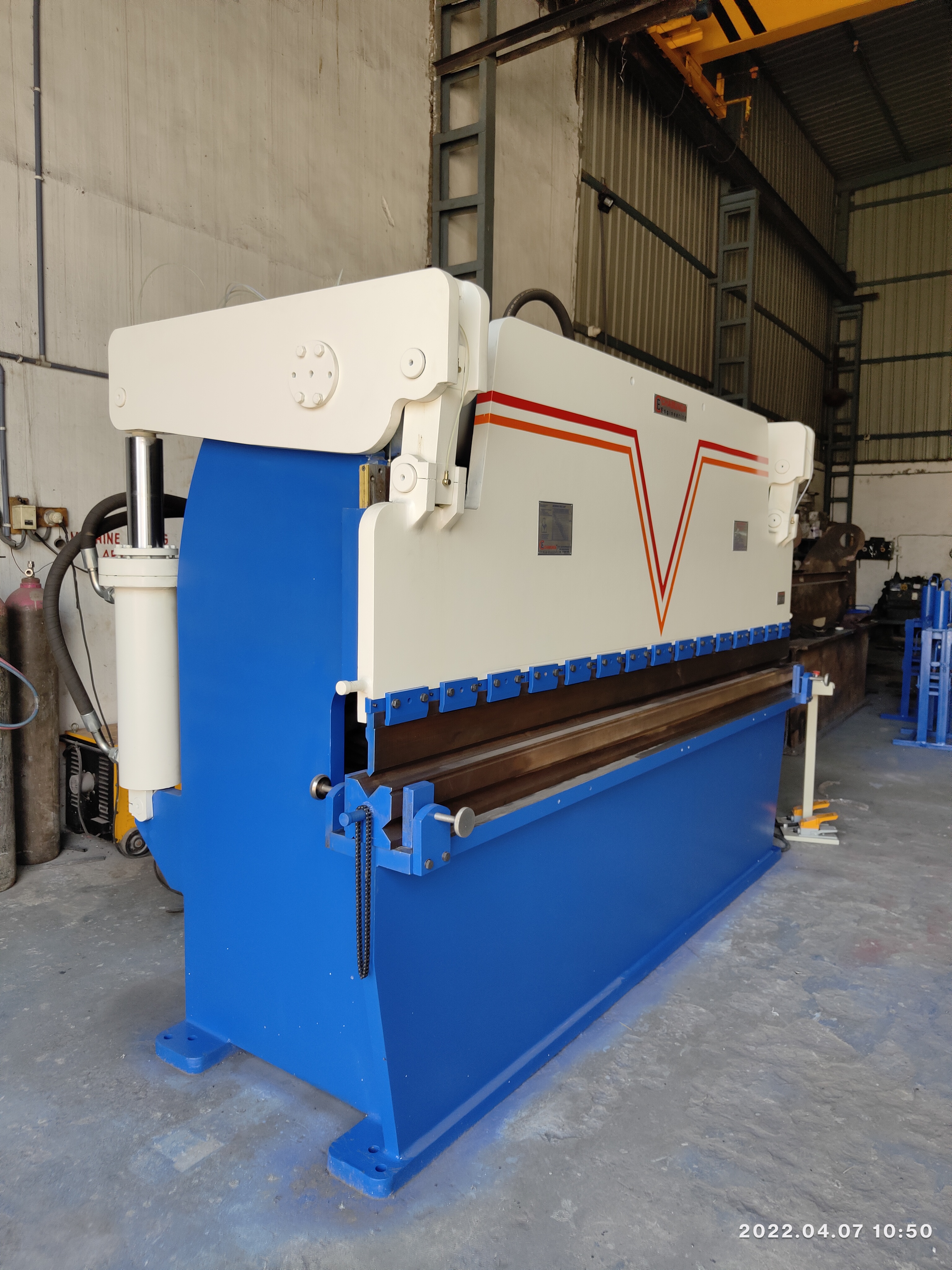A hydraulic deep drawing press is a type of machine used in the manufacturing industry for deep drawing operations. Deep drawing is a metal forming process where a sheet metal blank is formed into a three-dimensional shape using a die and a punch. This process is commonly used to produce cylindrical or box-shaped components with a high depth-to-diameter or depth-to-width ratio.
- A hydraulic deep drawing press utilizes hydraulic power to generate the force required for the deep drawing process. It typically consists of a frame, a hydraulic system, a ram or plunger, a die, and a blank holder. Here's a brief overview of the working principle:
- Setup: The die and blank holder are mounted on the press, and the sheet metal blank is placed on the die. Blank Holding: The blank holder exerts a controlled clamping force on the sheet metal blank to prevent wrinkling or thinning during the deep drawing process.
- Hydraulic Force: The hydraulic system generates high pressure, which is transmitted to the ram or plunger. The ram applies force to the blank holder, which transfers the force to the sheet metal blank.
- Deep Drawing: The ram gradually pushes the blank holder and the sheet metal blank into the die cavity, causing the material to flow and take the shape of the die. The process continues until the desired depth is achieved.
- Ejection: After deep drawing, the ram retracts, and the formed component is ejected from the die.
Hydraulic deep drawing presses offer several advantages, such as high force capacity, precise control over force and speed, and the ability to handle large and complex parts. They are widely used in industries like automotive, aerospace, appliance manufacturing, and more.
It's important to note that the information provided here is based on general knowledge about hydraulic deep drawing presses, and specific models or variations may have additional features or variations in their working principles.











